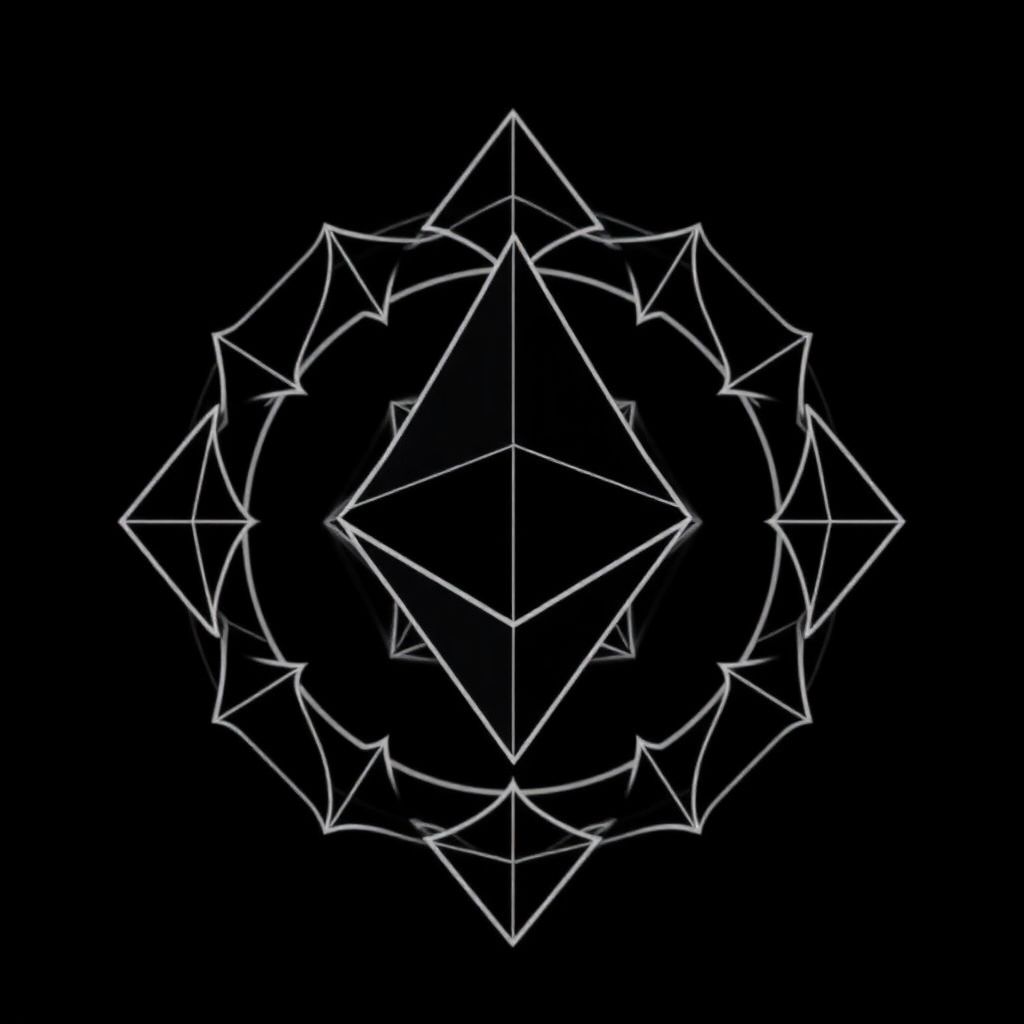Ethereum Foundation Unveils Strategic Overhaul of Grants Program Ahead of Fusaka Upgrade
In a significant shift aimed at streamlining resource allocation and aligning more closely with ecosystem goals, the Ethereum Foundation (EF) has restructured its grants distribution model. Moving away from the previously open application system, EF is now implementing a more targeted funding strategy under its Ecosystem Support Program. This new approach is designed to better serve the evolving needs of the Ethereum network as it prepares for the upcoming Fusaka upgrade, scheduled for December 3.
Under the revamped framework, grants will be disbursed through two primary mechanisms: a publicly available wishlist and a series of Requests for Proposals (RFPs). The wishlist outlines specific areas of development the Foundation seeks to support, while RFPs address clearly defined challenges or needs within the Ethereum ecosystem. This represents a shift from the earlier, more generalized grant application system, which the Foundation acknowledged had become increasingly difficult to manage due to the growing volume of submissions.
According to EF, the open grants program helped support hundreds of projects that contributed to Ethereum’s foundational infrastructure. However, the influx of proposals stretched the Foundation’s capacity and hindered its ability to focus on high-impact, strategic initiatives. The new model aims to remedy this by coordinating funding efforts more closely with internal teams and ecosystem stakeholders.
The initial round of wishlist items and RFPs is already live and targets a range of high-priority areas such as cryptography, privacy enhancements, security improvements, and community development. By narrowing the scope and clarifying expectations, the Foundation hopes to attract projects that directly align with Ethereum’s long-term vision.
Since the program’s inception in 2018, EF has been instrumental in providing financial backing to developers and organizations contributing to Ethereum’s growth. In 2024 alone, the Foundation allocated approximately $3 million across 105 different projects and initiatives. This latest restructuring seeks to maximize the impact of such investments by ensuring that funded projects address critical technical and community-oriented goals.
The announcement of the revised grants approach closely follows the successful launch of the Fusaka upgrade on Ethereum’s final testnet, Hoodi. This upgrade, which incorporates several Ethereum Improvement Proposals (EIPs), is poised to significantly enhance network performance and scalability.
One of the most notable changes in Fusaka is EIP-7594, also known as PeerDAS. This proposal enables validators to retrieve segmented data chunks from layer-2 networks rather than processing entire data blobs. The result is a more efficient use of resources, reduced bandwidth requirements, and faster validation processes. PeerDAS is expected to be a key component in Ethereum’s broader scalability roadmap.
Additionally, EIPs 7825 and 7935 are included in the upgrade, focusing on raising the gas limit and improving execution efficiency. These changes are critical as Ethereum moves toward parallel transaction execution—a long-anticipated development that will allow multiple operations to be processed simultaneously, dramatically boosting throughput and reducing latency.
The Fusaka upgrade has already been deployed on Holesky and Sepolia testnets and is expected to go live on the Ethereum mainnet on December 3. The last major upgrade, Pectra, was successfully implemented on May 7 and introduced optimizations to staking operations and user wallet functionality, reinforcing Ethereum’s commitment to accessibility and efficiency.
The move to a more curated grants system reflects a broader trend in the blockchain space, where foundations and core development teams are placing increasing emphasis on strategic alignment and impact-driven funding. By prioritizing proposals that address known bottlenecks or advance the network’s core objectives, Ethereum is positioning itself to remain agile and responsive in an ever-evolving technological landscape.
This evolution in funding also opens new doors for contributors who may have been previously overlooked in the open grant model. Developers, researchers, and community organizers now have a clearer roadmap for participation, guided by the wishlist and RFP systems. This clarity not only reduces the burden on applicants but also helps the Foundation assess proposals more effectively.
Moreover, the Foundation’s new strategy underscores a growing maturity within the Ethereum ecosystem. As the network continues to scale and diversify, ensuring that funding is deployed with precision becomes increasingly vital. The targeted model empowers EF to invest in foundational technologies, such as zero-knowledge proofs, modular consensus mechanisms, and decentralized identity solutions, that are essential to Ethereum’s long-term sustainability.
In parallel, the Ethereum Foundation is likely to foster deeper collaboration with academic institutions, research labs, and enterprise partners. By aligning its funding approach with measurable ecosystem needs, EF can facilitate more meaningful partnerships and accelerate the translation of theoretical innovations into practical applications.
Looking ahead, Ethereum’s commitment to continuous improvement—reflected both in its technical upgrades and its administrative strategies—positions the network to lead in the next phase of blockchain development. Whether through enhanced scalability, stronger security, or better developer support, Ethereum is laying the groundwork for a more robust and user-centric decentralized future.

